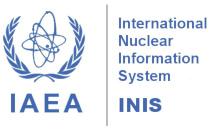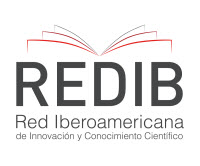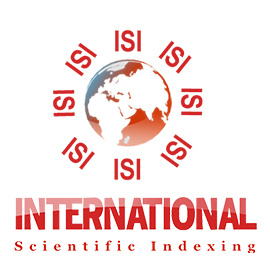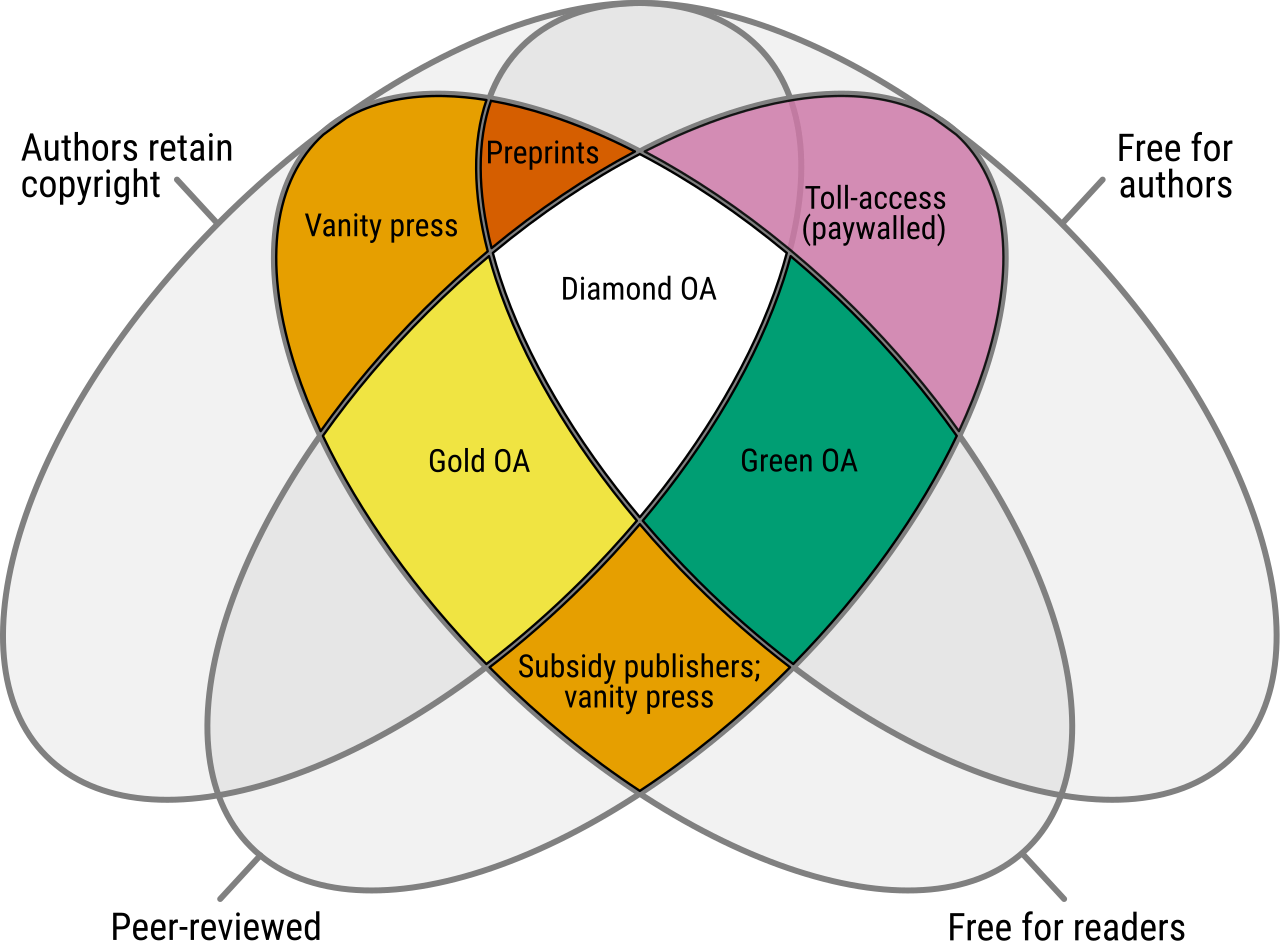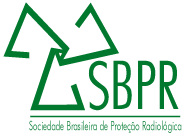New articles published: V. 13 n. 4 (2025)
Influence of Ionizing Radiation on Additive Manufacturing of ABS
Abstract: This paper presents an analysis of the behavior of acrylonitrile butadiene styrene (ABS), a material widely used in 3D printing, when exposed to continuous ionizing radiation. Therefore, a detailed investigation of the changes in its mechanical properties is proposed. To this end, specimens specifically designed for each test were created and printed in two different configurations: solid and with 20% infill. The tests aimed to evaluate the material's mechanical response after irradiation, comparing irradiated and non-irradiated samples. Tensile, hardness, compression, ballistic, and density tests were performed. The irradiation stage took place at the Institute of Chemical, Biological, Radiological, and Nuclear Defense (IDQBRN), in collaboration with the Military Engineering Institute (IME). The main objective of the research is to evaluate the durability of ABS after a certain period of radiation exposure. The results demonstrate that radiation has a positive influence on the material's mechanical performance, particularly in tensile and compression tests, which showed significant improvements. Hardness, ballistic, and density tests indicated more modest but still significant increases. In summary, this study contributes to the understanding of the effects of ionizing radiation on ABS and highlights potential applications in industrial and commercial settings that require greater mechanical strength. Read full article
Preliminary Studies on the Distribution of Stable Pb and Pb-210 in the Maternal and Fetal Portions of Human Placentas
Abstract: Fetal growth and survival are solely dependent on the placenta, making the characterization of toxic elements in this tissue crucial for understanding exposure during pregnancy. Stable lead (Pb) and Pb-210 are toxic elements of particular interest in this context. Stable Pb has been linked to developmental changes in children, while Pb-210, a beta-emitting radionuclide with a 22.3-year half-life, can increase cancer risk, particularly bone sarcomas, when present in excess. Placental uptake of stable Pb and Pb-210 can occur through ingestion of food and water, as well as inhalation of air, with smoking and air pollution being significant contributing factors. Recent research suggests that even low levels of environmental chemicals, especially potentially toxic elements, can significantly disrupt placental homeostasis. This preliminary study aimed at determining the concentrations of stable Pb and Pb-210 in the maternal and fetal portions of placentas from eight women who delivered at the Hospital das Clínicas, Faculdade de Medicina, University of São Paulo. Concentrations from 5.7 ± 1.2 ng g-1 to 210.3 ± 2.4 ng g-1 and from 31.5 ± 2.9 Bq kg-1 to 43.3 ± 3.1 Bq kg-1 were obtained for stable Pb and Pb-210, respectively. The results showed that both elements can cross the placental barrier and reach the fetal compartment, albeit at lower concentrations than in the maternal portion. Read full article






